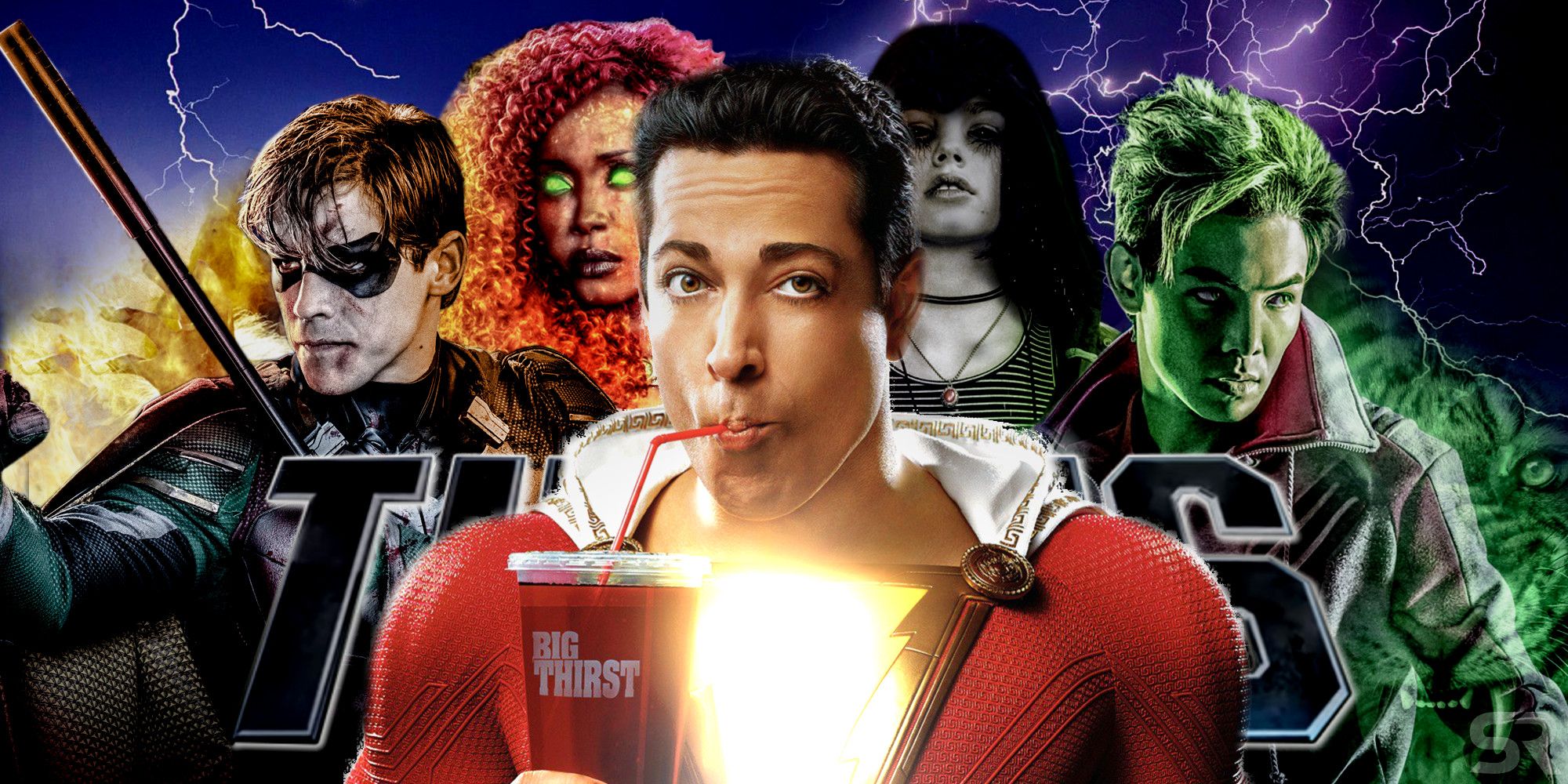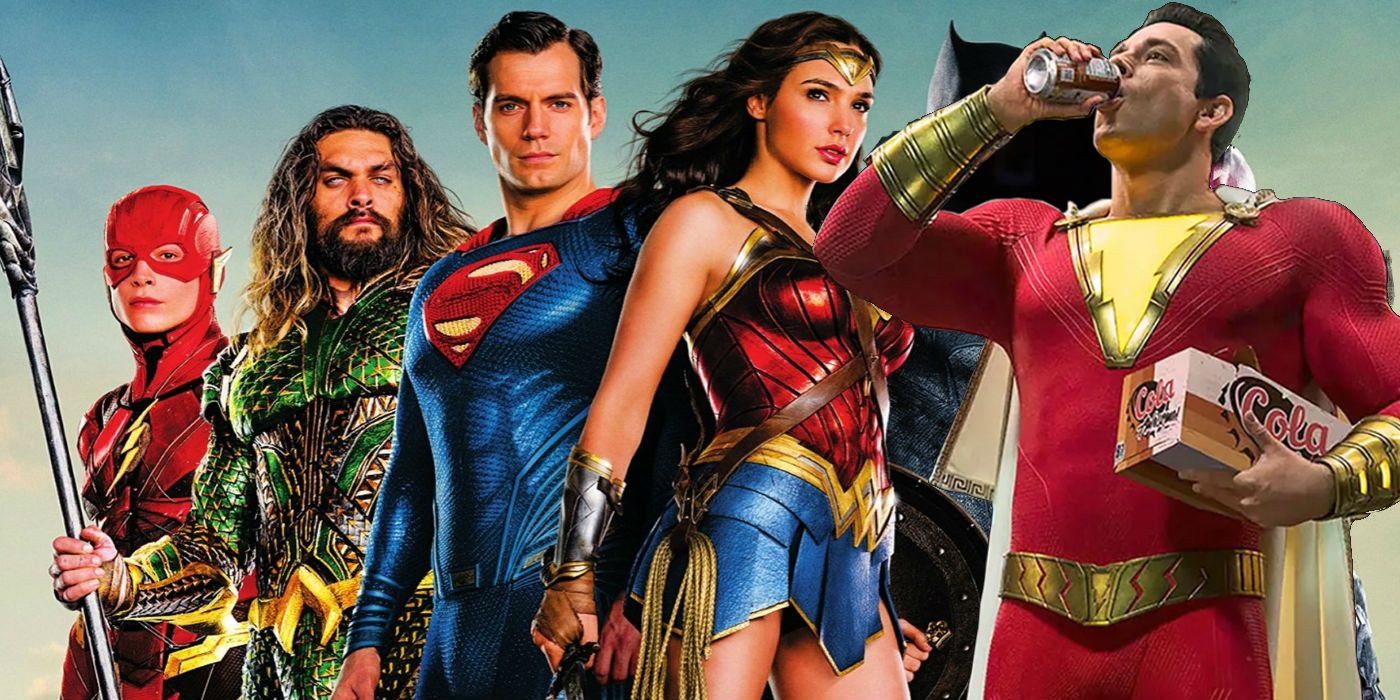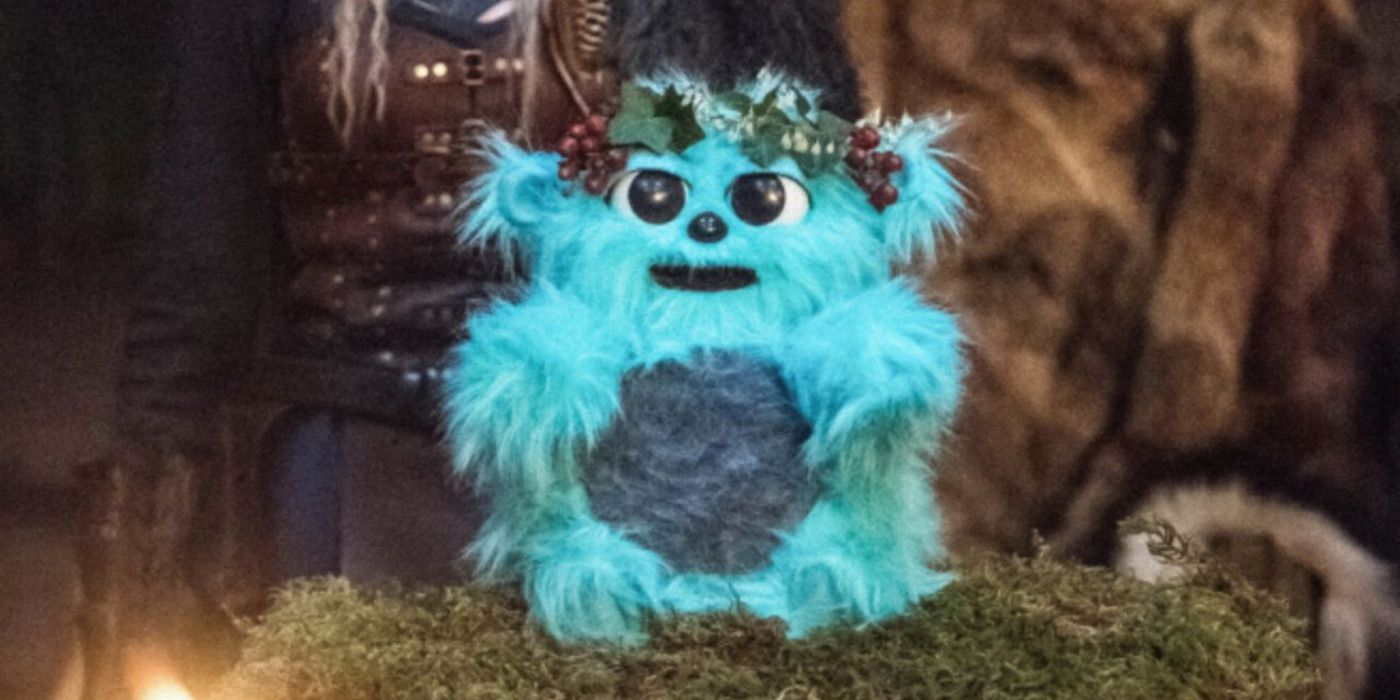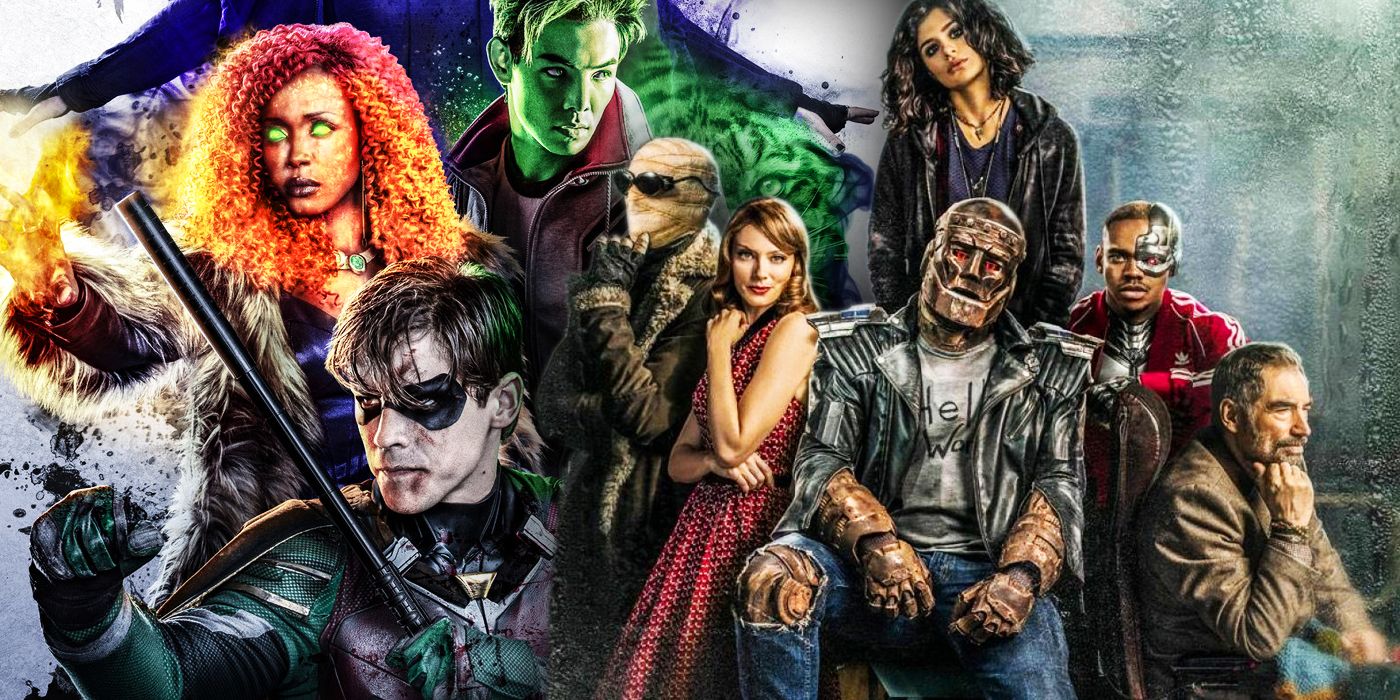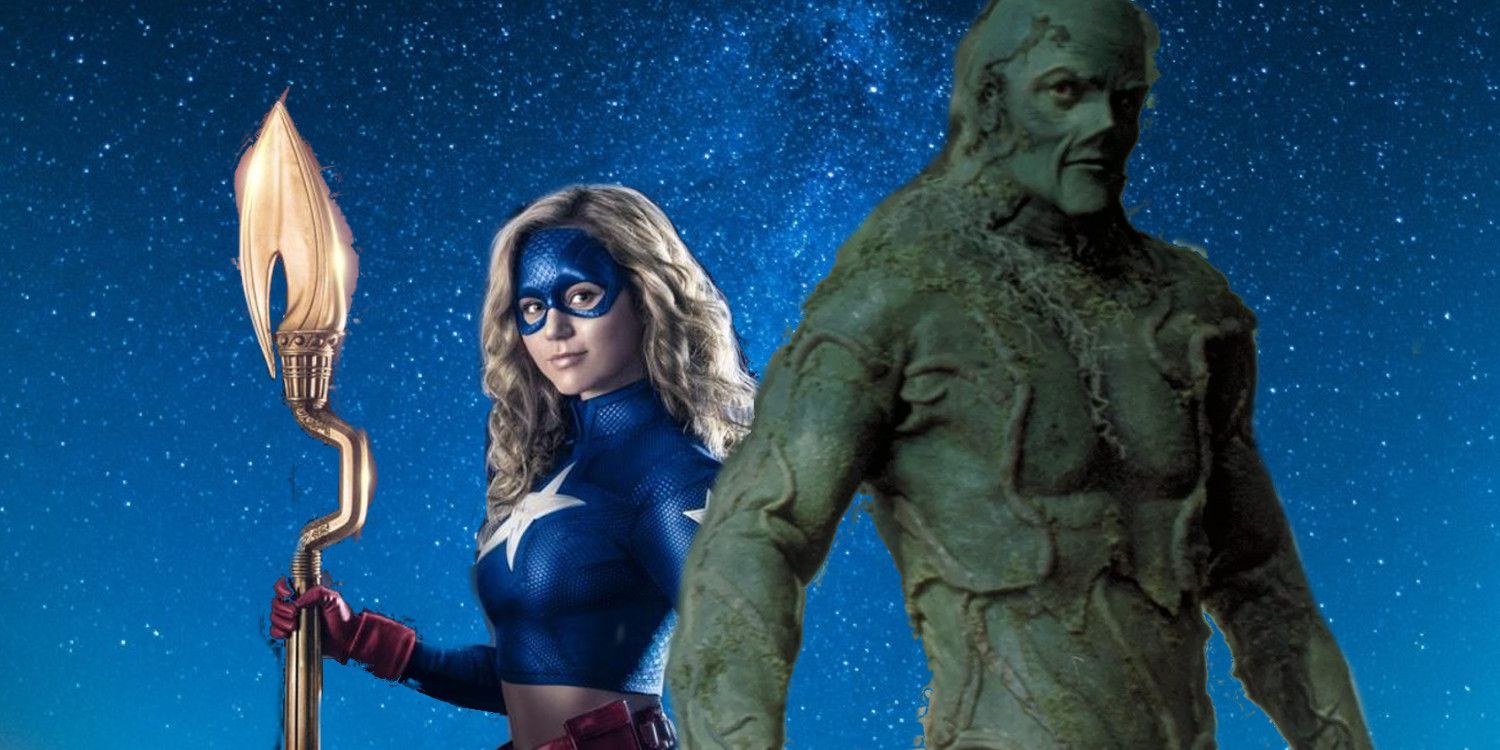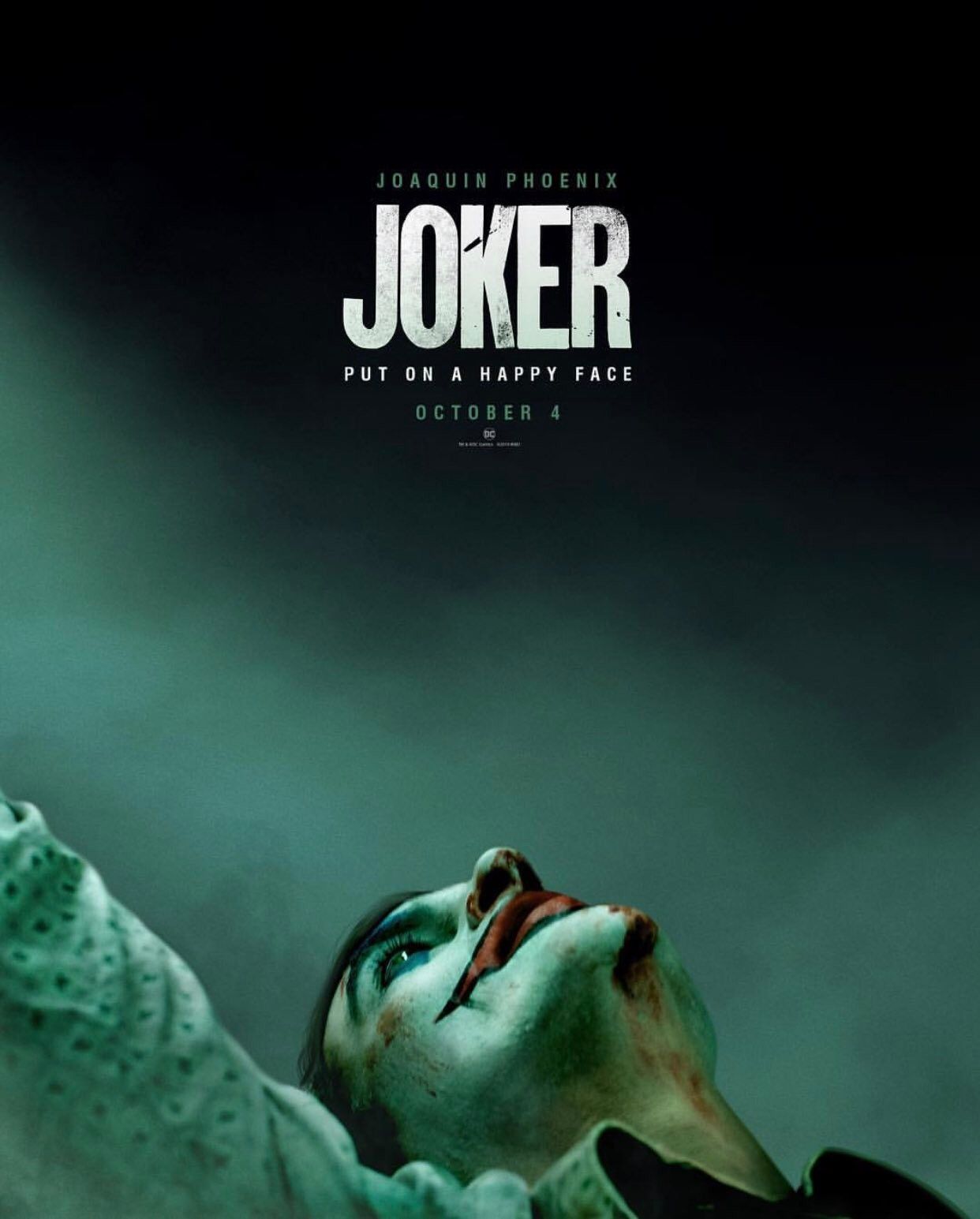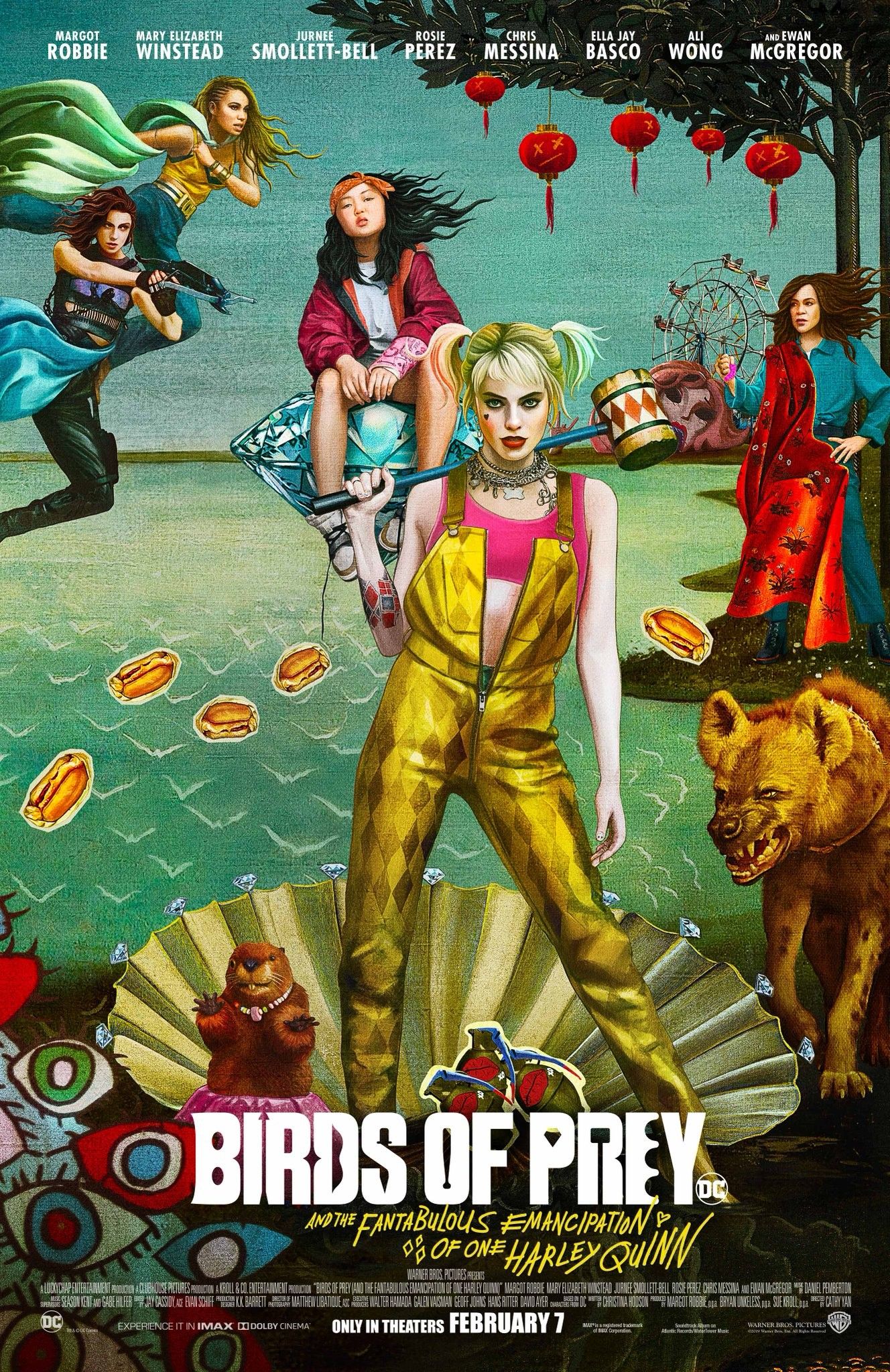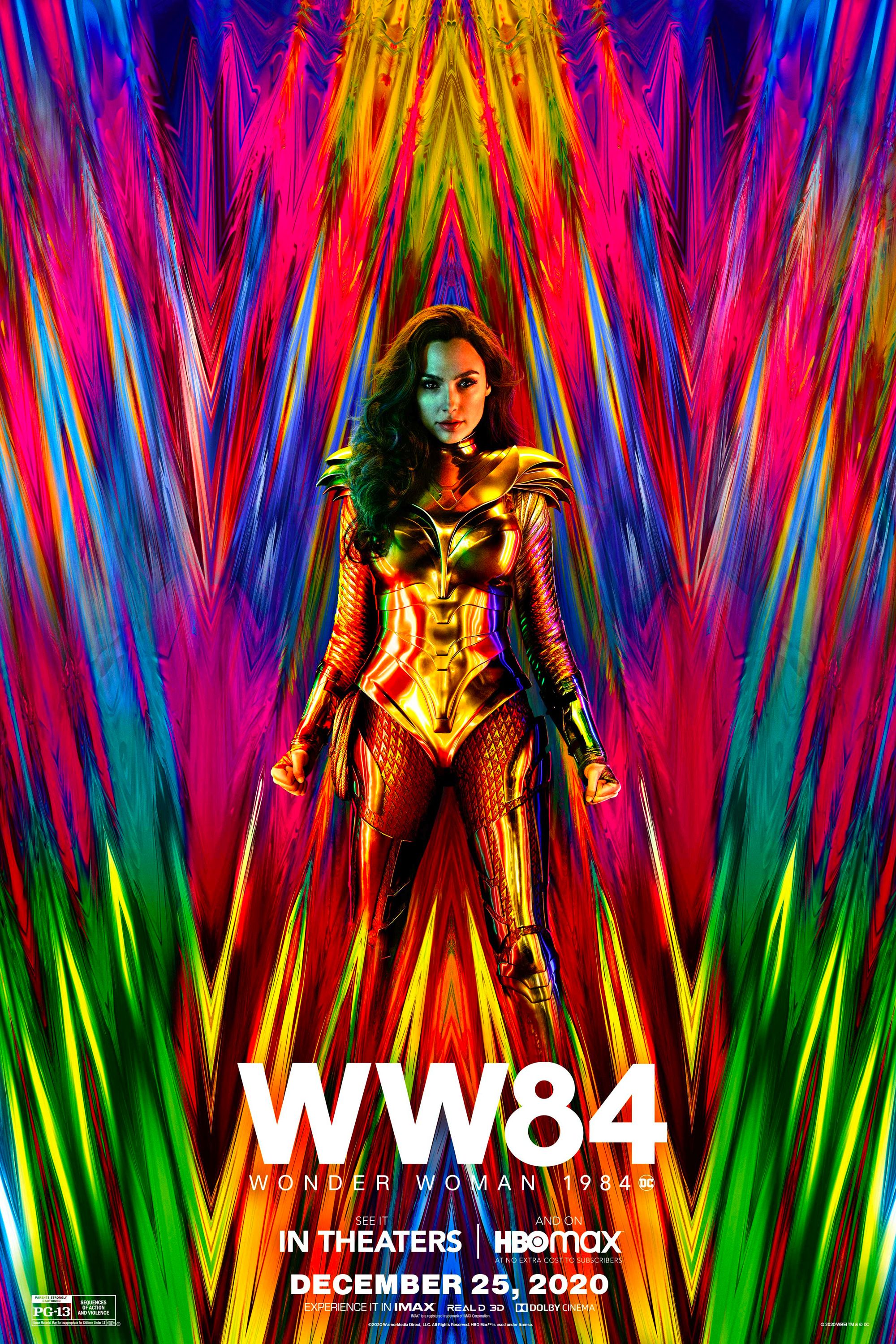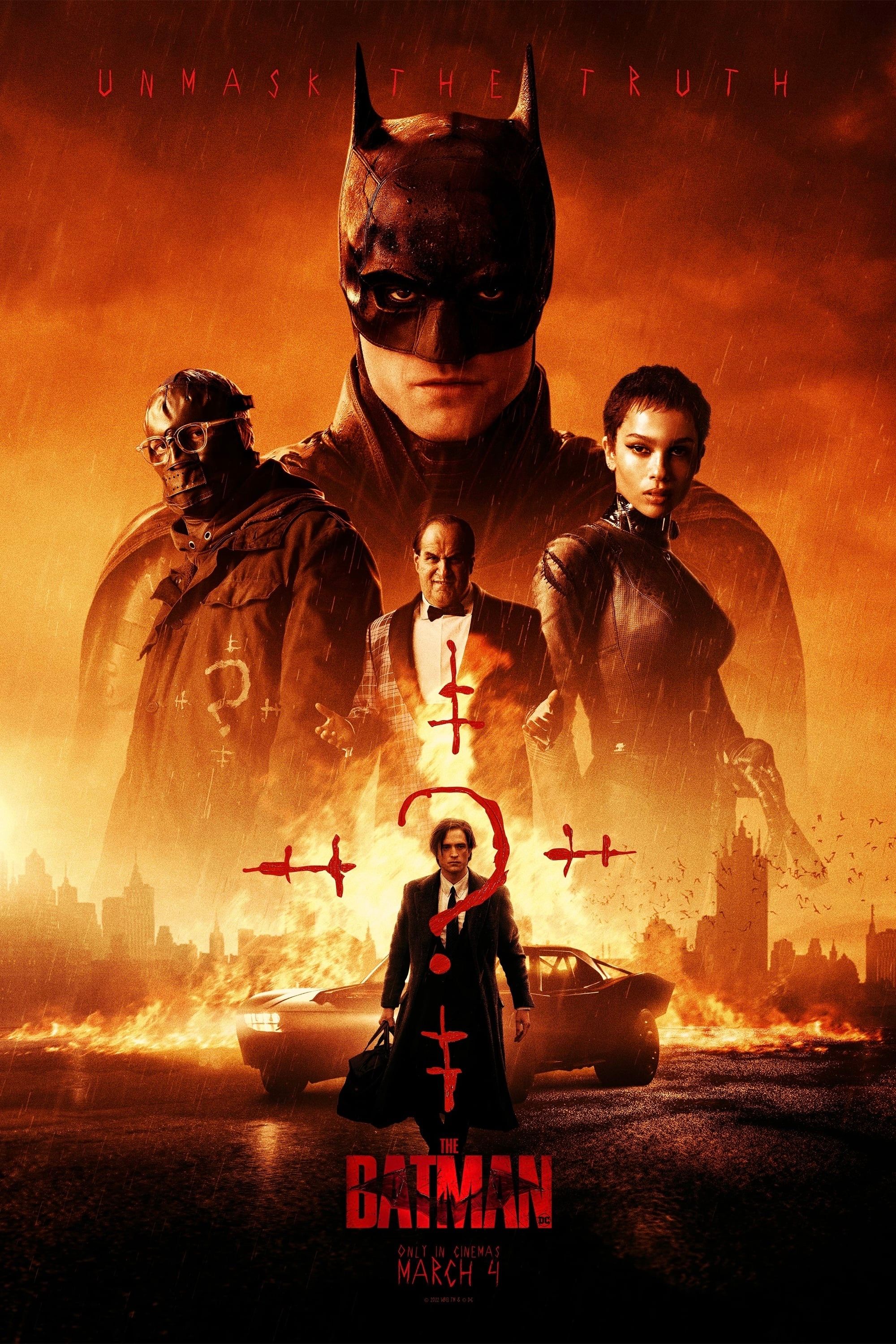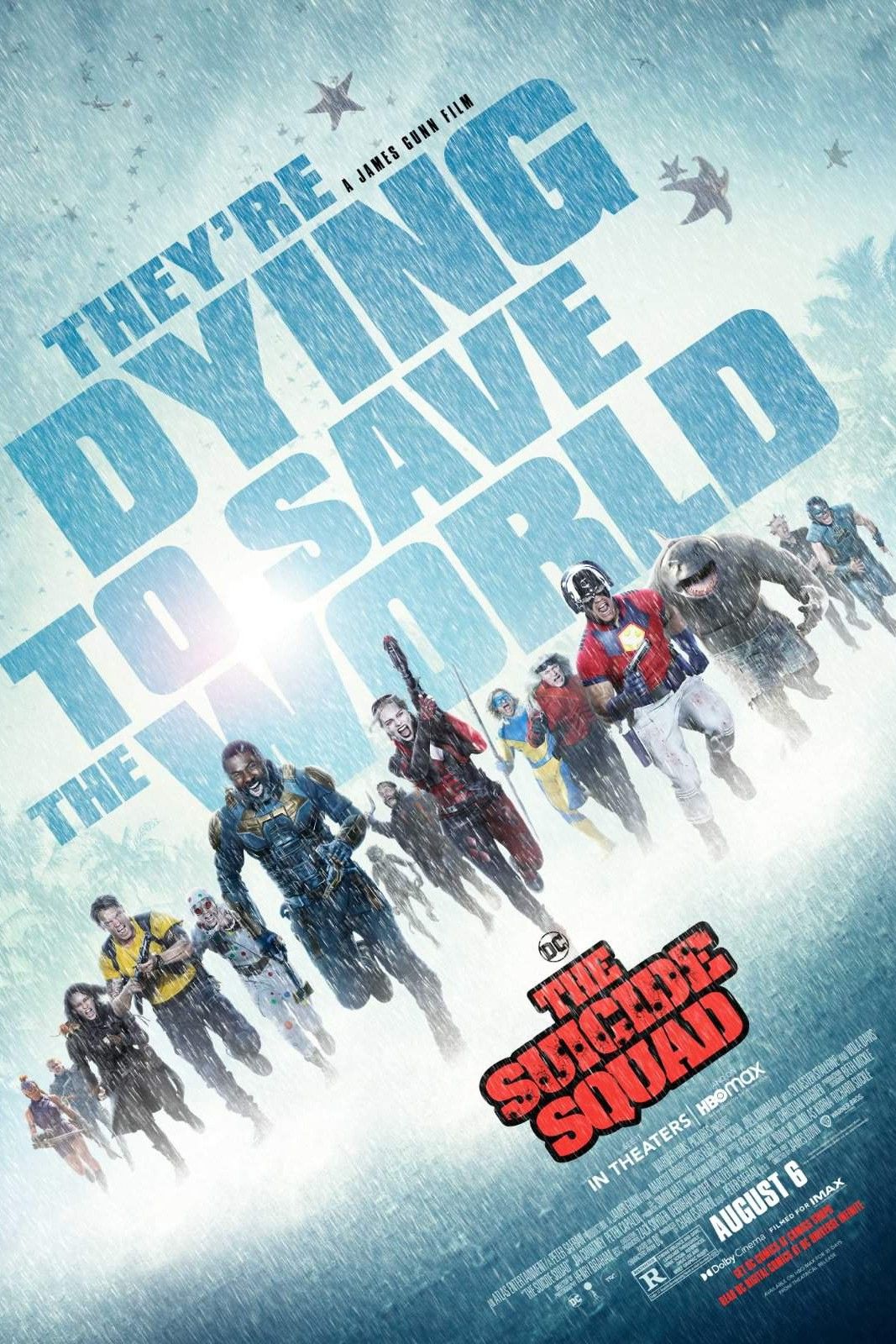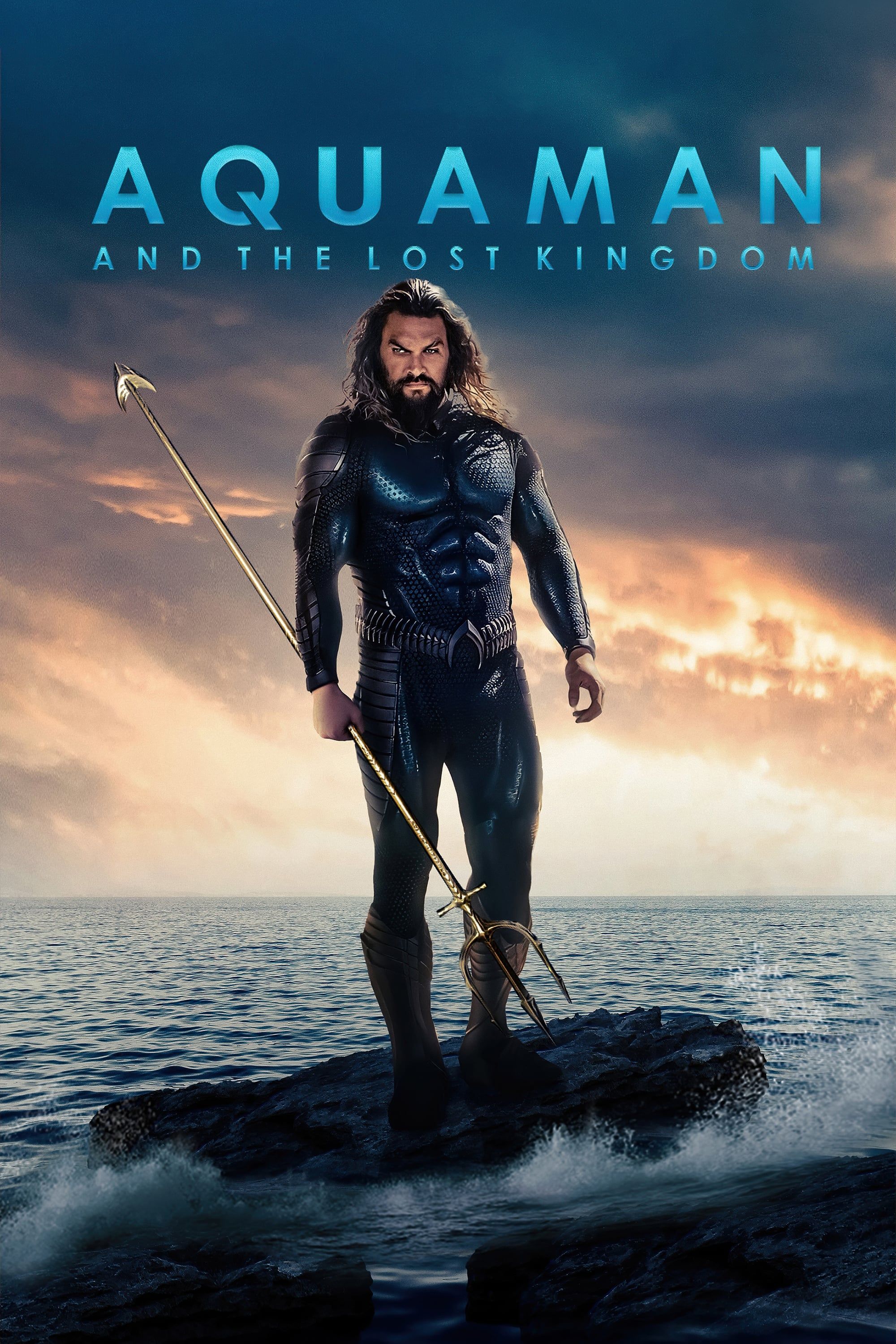The success of Shazam! is proof that Warner Bros. needs to trust in the essential essence of DC Comics' characters and not turn everything into a "grim and gritty" revision like Titans. While the DC Universe series has proven the most popular of the streaming service's original shows so far, it would be foolish to credit the show's success purely to its mature themes and dark storyline.
The question of how deeply DC Comics' adaptations into live-action films and television should delve into darkness has been a matter of debate since the success of Christopher Nolan's Dark Knight trilogy and the subsequent production of Man of Steel with Zack Snyder. While Snyder is a popular director with a rabid fan base, many comics fans and general audiences were unimpressed with his Dark Knight Returns influenced take on Superman and Batman. As a result, the DC Extended Universe is now diversifying its tone with movies like Shazam!, with directors tackling those projects they are passionate about rather than being beholden to a single aesthetic or strict continuity.
The same issues dominated the Arrowverse - the shared universe made up of various DC Comics inspired series on the CW network. Many Arrowverse storylines were sidelined due to Warner Bros. efforts to prevent brand dilution, such as allowing two versions of the Suicide Squad to exist simultaneously. Warner Bros. also originally encouraged the series to maintain the same serious tone with little sense of individuality. Thankfully, it seems that Warner Bros. has learned from their mistakes and now the new series on DC Universe are being allowed to be their own thing, even deviating from their source material, as in the case of Titans.
- This Page: Shazam! Lightened-U The DCEU
- Page 2: How Levity Saved The Arrowverse
Shazam! Lightened-Up The DCEU
While Wonder Woman and Aquaman both took a lighter approach than Snyder's vision, Shazam! shows the true tonal flexibility of DC Comics movies. Ignoring the strong visual metaphor of a hero whose chest emblem literally glows, Shazam has been considered an even more incorruptible champion of goodness and decency than Superman in the comic books and cartoons for decades.
While it isn't impossible to do a "grim-and-gritty" take on Shazam (Alan Moore did a wonderful deconstruction of the concept with his revival of Miracleman, for instance), the character does not lend itself well to traditional reimaginings of how "modern" superheroes should act. Take for instance, the classic superhero ethic against killing an enemy and the argument this is unrealistic. While it is believable an Amazon warrior might kill or that Arthur Curry would use lethal force in defense of his kingdom, most audiences could never accept Shazam casually killing someone. Ignoring the distastefulness of a child killing, it just grinds too far against the grain of the established orthodoxy of the character from the comics. The Wisdom of Solomon can always find a better way.
The creative team behind Shazam! understood this and stayed true to the character's original concept as a children's power fantasy - the twin dreams of being an adult and having superpowers. The child's view of the world and the sheer joy of that wish coming true infuses every frame of Shazam's run time. Attempting to ground that narrative in reality would only serve to kill the core concept of the character.
Page 2 of 2: How Levity Saved The Arrowverse
How Levity Saved The Arrowverse
The same issues could be seen in the Arrowverse, which suffered from executive meddling on multiple fronts. Arrow, for instance, was forced to kill off their version of the Suicide Squad and plans for an intensive event involving them and the terrorist organization HIVE, as part of season 4. At the same time, all the series apart from Arrow suffered somewhat was they were encouraged to be more realistic, despite being founded entirely on unrealistic comic book concepts. This was generally met with audience disapproval, as in the case of the darker storyline of season 3 of The Flash, which saw Barry Allen fighting his evil alternate-future self for the love of his life.
Perhaps the best example of this conflict is Legends of Tomorrow. The series is generally agreed to have gotten off to a weak start, with its original storyline gathering characters from Arrow and The Flash to stand against the immortal world-conqueror Vandal Savage. Rather than trust in the original concept of Vandal Savage as a caveman made immortal after making contact with a glowing meteor, his name and concept were broadly applied to the Hawkman villain Hath-Set - an evil Egyptian priest whose revolution cursed himself and his rulers, Prince Khufu and Priestess Chay-Ara, to an endless cycle of reincarnation.
Somehow, the utter silliness of the name Vandal Savage and the overblown complexity of the Hawkman mythology were considered less problematic for general audiences than the idea of a super-powered caveman trying to take over the world. Unfortunately,this, coupled with a botched execution of the romantic subplot centering around the two Hawk-heroes, resulted in everything relating to their storyline being jettisoned from the show after season 1. After that, Legends of Tomorrow seemed to fully embrace the general weirdness of the DC Universe and played up the absurdity while still trusting in the core concepts of its characters to ring true.
Perhaps no single episode better exemplifies this than "Beebo the God of War" - the season 3 mid-season finale, which saw the Legends having to restore the natural course of history after the first Vikings to colonize North America began worshiping a stuffed animal called Beebo. While the idea that an anachronistic toy could inspire the Vikings to conquer a continent is silly, it is no more absurd than a billionaire scientist building a super-suit that lets him shrink or any of the other character concepts behind the various Legends. Most feel the show has become even stronger in season 4, thanks to the addition of warlock John Constantine, who is as surly and sarcastic as he was in his own show but no less immune to the insanity that routinely comes up on Legends of Tomorrow. This is further proof that sticking to a concept that works will continue to work, regardless of the setting.
Why Doom Patrol Is Superior To Titans
When the first trailer for Titans was released, it grabbed immediate attention by having Robin drop the F-bomb in regards to his mentor. The show itself would present a more bloody, violent and all around gritty vision of the classic Teen Titans characters. It would pick up viewers as its first season continued, but also earned the scorn of comic-book purists and critics, who felt the show seemed desperate to distance itself from its youth-friendly origins. When this show was described as mature, it meant that it was full of blood, cursing, nudity and other things that result in small children being asked to leave the room.
Doom Patrol, by contrast, had not ever been intended to be a children's property. Even when the characters were first created for a Comics Code Authority approved book in the 1960s, their adventures seemed to be aimed at teenagers who could appreciate that superpowers aren't always a blessing. The Doom Patrol series that followed, even before they made the leap to DC Comics' mature imprint Vertigo, were also decidedly meant for mature readers. In this case, however, mature meant capable of handling more complex stories.
Both shows tackle disturbing ideas and adult subject matter, but Doom Patrol does so in a way that seems far less juvenile and forced than on Titans. While the character of Robotman unleashes a considerable amount of profanity, it is justified by his frequent astonishment at the unbelievable events around him. This is far more effective than the casual f-bombs dropped by Dick Grayson on Titans, which come off as a tween's attempt to sound grown-up, with a similar effect. Again, we see how staying true to the core concept of the characters improves the quality of the adaptation.
DC Comics Can Have It Both Ways
Thankfully, those who enjoy their darker, more serious fare like Titans can live in co-existence with those who prefer the brighter, more idealistic and funnier side of DC Comics. The DC Universe is a big place and there is room for those who want more horrific content like the upcoming Swamp Thing series and the teens and tweens and teens and old-school superhero fans for whom Stargirl is intended. The key, as with the Shazam! movie, is to remain true to the spirit of the characters as they were created and trust that the right audience will discover what made them so beloved for so long.

